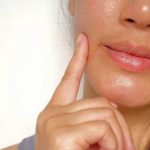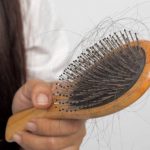Hair Breakage vs. Shedding: Understanding the Difference

Hair care can be complex, often marked by terms and concepts that may seem interchangeable but hold distinct meanings. Two such terms are “hair breakage” and “hair shedding.” While both involve the loss of hair strands, understanding the difference between the two is crucial for effective hair care and management. In this article, we’ll explore the nuances of hair breakage and shedding, empowering you to decipher between the two and take proactive steps towards healthier, stronger hair.
Hair Breakage: Identifying the Culprits
Hair breakage occurs when the hair shaft snaps or fractures along its length, resulting in visibly shorter strands. Unlike shedding, which involves the natural release of hair at the end of its growth cycle, breakage can occur at any point along the hair shaft due to various external and internal factors. Common causes of hair breakage include excessive heat styling, chemical processing (such as coloring or relaxing), mechanical damage from harsh brushing or tight hairstyles, and environmental stressors like sun exposure and pollution. Factors like nutritional deficiencies, hormonal imbalances, and certain medications can weaken the hair, making it more prone to breakage. Recognizing the signs of hair breakage—such as split ends, brittle texture, and uneven lengths—can help pinpoint the underlying causes and inform targeted treatment and prevention strategies.

Hair Shedding: Understanding the Natural Cycle
Hair shedding, on the other hand, is a normal and natural process that occurs as part of the hair growth cycle. Each hair follicle goes through three distinct phases: anagen (growth), catagen (transitional), and telogen (resting). During the telogen phase, which lasts approximately 2 to 4 months, the hair rests before shedding and making way for new growth. It’s estimated that we shed 50 to 100 hairs daily as part of this natural cycle. Factors such as changes in season, hormonal fluctuations (such as pregnancy or menopause), and stress can influence the timing and intensity of hair shedding. While occasional shedding is normal, excessive or prolonged shedding may indicate underlying health issues or imbalances warrant further investigation. Differentiating between normal shedding and abnormal hair loss can help alleviate unnecessary concerns and guide appropriate action, whether it involves adjusting lifestyle habits, seeking professional advice, or implementing targeted treatments.




























 Discover Beauty From Within
Discover Beauty From Within